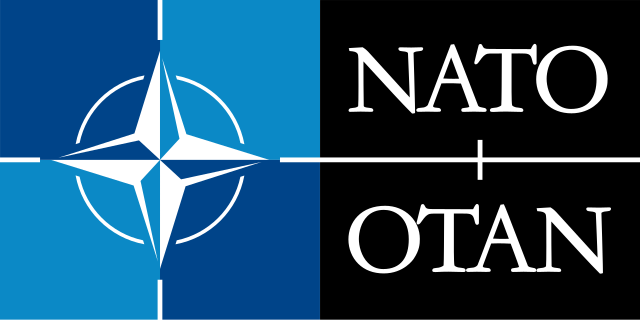
NATO stands ready to prevent escalation of the war in Ukraine

In
- EU and strategic partners,
- EU strategy and foreign policy,
- Europe in the World,
- European defence / NATO,
According to some, Ukraine’s counter-offensive creates an increased risk of further escalation. However, NATO stands ready to prevent this through deterrence.
*****
NATO stands ready to prevent escalation of the war in Ukraine
According to some, Ukraine’s counter-offensive creates an increased risk of further escalation. However, NATO stands ready to prevent this through deterrence.
The Ukrainian counter-offensive has begun and will, among other things, demonstrate how effective Western support, such as arms supplies and training, has been so far. In addition, it will be a tense period for the entire European continent given the risks of further escalation. However, NATO stands ready to prevent this.
NATO is not a party to the current conflict, but it obviously watches with suspicion any Russian troop movement on the alliance’s eastern and northern flanks. Indeed, there is a legitimate concern for horizontal escalation of the war in which Ukraine’s neighbours, for example, would be dragged into the conflict. During last November’s missile incident in Poland, there was a brief fear of further escalation, but the cool-headed response by NATO and ally Poland ensured that calm prevailed.
Even now, at the beginning of the Ukrainian counter-offensive, the alliance is ensuring our security. The main strategy to safeguard this security is to deter the adversary through rhetoric and actions. Regarding rhetoric, NATO makes it clear, among other, in documents that an attack on one member state is equivalent to an attack on the entire Alliance, the famous Article 5 of the North Atlantic Treaty.
Posture
Concerning actions, NATO is strengthening its posture. For example, a US aircraft carrier recently exercised in the North Sea. A Belgian frigate, the Louise-Marie, is also currently ready to take part in international operations. This is one of the ways in which the Belgian Defence is contributing to European security.
Furthermore, US B-1B bombers are currently stationed in the United Kingdom. The message about this ‘Bomber Task Force Europe’ contains the following sentence that should not be misunderstood: “NATO is engaged, postured, and ready with credible forces to assure, deter and defend every inch of NATO territory in an increasingly complex security environment”.
Moreover, the Alliance is doing exercises in crucial regions such as the High North. For example, Finland, the newest ally, was hosting the 2023 ‘Arctic Challenge’ NATO exercise along with the other Nordic countries, Norway (also an ally) and Sweden (NATO candidate). 150 aircraft were taking part in these exercises, including Belgian F-16s.
NATO exercise ‘Air Defender 23’ kicked off on Monday the 12th of June. The largest air force deployment in NATO’s history. As many as 250 aircraft from 25 member states and partner nations are taking part. According to the press release, the exercise signals transatlantic solidarity and demonstrates that Germany – the exercise’s host country – can accommodate a large number of aircraft. It also aims to reassure the public about the cohesion and commitment of NATO allies.
Thus, these exercises are examples of how NATO reassures its member states on its eastern and northern flanks.
Extreme scenario
Some also fear nuclear escalation should Putin be cornered. This is evidently an extreme scenario that should not be taken off the table. Nevertheless, the Trans-Atlantic Alliance is also preparing for this by emphasising its own nuclear credibility. Here, too, Belgium has an important role to play. For instance, the previous edition of the annual nuclear exercise ‘Steadfast Noon’ took place in our country.
In a publication from last year, I pointed out the problem that many commentators focus on the extreme scenario of a possible deployment of Russian nuclear weapons in Ukraine or against a NATO member state. However, there are still other scenarios that Russia could use for nuclear blackmail such as holding a nuclear exercise on its border with Ukraine or NATO. Russia could take tactical nuclear weapons from central storage sites, and transport them and temporarily store them closer to the front. Russia could also start testing nuclear weapons again or deploy a nuclear weapon demonstratively over uninhabited territory or the Black Sea.
Here too, NATO and its allies are vigilant. Any move Russia makes could be spotted by allies’ satellites. The US has also allegedly installed nuclear sensors in Ukraine so it can verify the identity of any attack.
In other words, there are other possible scenarios before the effective deployment of nuclear weapons on the battlefield, all of which would cause further (nuclear) escalation. NATO and its member states are, therefore, doing everything possible to manage these escalation risks. However, if the strategy of deterrence fails, which is highly unlikely, the alliance also stands ready to respond by any means possible.
This article was also published in Dutch in De Tijd on 19 June 2023.
(Photo credit: Wikimedia Commons)